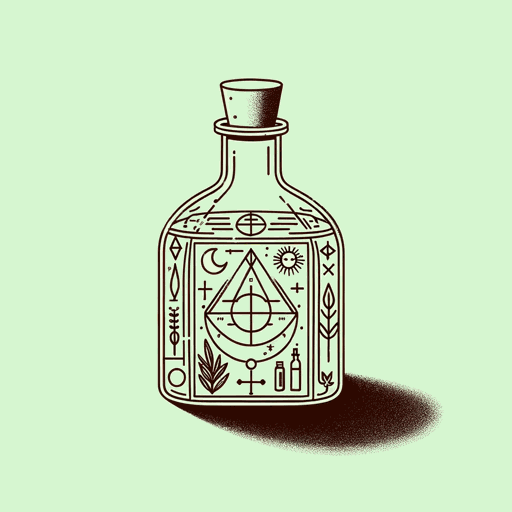50 pages • 1 hour read
Zora Neale HurstonMules and Men
Nonfiction | Anthology/Varied Collection | Adult | Published in 1935A modern alternative to SparkNotes and CliffsNotes, SuperSummary offers high-quality Study Guides with detailed chapter summaries and analysis of major themes, characters, and more.
Summary and Study Guide
Overview
Mules and Men is a work of nonfiction published in 1935 by the American author Zora Neale Hurston. Hurston, a student of anthropology, used ethnographic research methods to collect and record Black folklore in the American South. Consisting of two parts, the work first details some folktales elicited directly from residents of rural folklore, and secondly describes several hoodoo practitioners in New Orleans. This book explores themes of establishing origins and the difference between honesty and the truth, while intimately and eclectically relaying stories taken from real people. This guide uses the Harper Perennial Modern Classics Edition from 2008, which contains a Foreword and Afterword that were added to the work in the 1990 edition.
Note: This book contains the use of racial slurs and epithets, including the use of the n-word.
Plot Summary
Beginning with a series of three introductions, Mules and Men is a nonfiction collection of folklore from the Black communities of the Deep South in the United States. The book is organized into two major parts, followed by a Glossary and Appendix that offer further insight and clarification to the main portions. The two parts divide the book between folklore and hoodoo: The former consists of 70 folklore stories shared with Hurston by members of rural Black communities in Florida; the latter consists of Hurston’s accounts of working alongside six hoodoo doctors.
The introductions to this book provide important contextualization and grounding information that is especially useful to modern readers. The first, published as part of the original work, was written by Hurston’s professor at Barnard College, renowned anthropologist Franz Boas. The Foreword that follows was added in 1990 and is written by scholar Arnold Rampersad. He assesses the work through a more modern understanding. The final introduction was written by Hurston herself, and it begins the work as she is approaching her first stop on her journey to collect folklore: Eatonville, Florida, her hometown. Hurston is present throughout the work, which is written fluidly in both third- and first-person perspectives.
Part 1 “Folklore” contains 10 chapters. Hurston travels through rural Florida eliciting folktales—or “lies” as the locals call them—in several towns. The organization of this part follows the natural flow of events that Hurston experienced while gathering her data. Beginning in Eatonville, she travels through Polk County collecting songs and stories along the way. She stays in a town called Loughman where she must first befriend the locals before they will share their “lies” with her. In a series of escalating violence, Hurston flees when she begins to fear for her life after another woman attacks her. The final town, Pierce, Florida, provides a much calmer backdrop as she gathers a few more stories. These folktales utilize many Christian themes and symbols, and they are very diverse in terms of genre, content, and purpose. One of the most salient story types is the origin story: a folktale that aims to explain why a certain phenomenon exists. The stories and dialogue are written to reflect the dialectal language used by the people she observes.
Part 2 “Hoodoo” contains seven chapters and details Hurston’s time in New Orleans, where she traveled in search of information about the mysterious hoodoo practices found there. Hoodoo is a complex spiritual belief system that draws on elements of African, Afro-Caribbean, and Christian values while implementing rituals, fortunetelling, and herbalism. Hurston studies with six hoodoo doctors during her time in New Orleans. She first recounts her time with Luke Turner, a man who claims direct relation to Marie Laveau, the famed “Voodoo Queen of New Orleans.” She also works with Anatol Pierce and Father Watson, two hoodoo practitioners who implement elements of their Christian faiths into their practice. The chapter detailing her time with Dr. Duke, an old-fashioned hoodoo doctor who relies on nature for his ritual supplies, and Dr. Jenkins, a man known to “read the cards” to tell people their future, highlights the diversity of beliefs and methods within the practice. Finally, she studies under Kitty Brown who guides Hurston in a “death-to-the-enemy” dance (239). Hurston recalls many hoodoo rituals from these experiences, including some sensational examples that involve animal sacrifice. As she is initiated into the various hoodoo practices, she emphasizes some of the consistent points within the belief system, including: the use of spiritual conjuring, symbolic tokens, and rituals designed to incur a specific outcome, often enacted on others.
The book’s Glossary and Appendix clarify much of the content in Parts I and II. The Appendix contains songs, typical hoodoo rituals, items commonly used in hoodoo, and several hoodoo medicinal cures. This information is presented without analysis or commentary by Hurston, unlike the content in the main part of the book. She emphasizes that there can never be a complete record of these folklore beliefs.
The edition of Mules and Men used in this guide ends with an Afterword written by literary critic Henry Louis Gates Jr. In an assessment that spans far beyond the scope of Mules and Men and examines Hurston’s life and work, Gates provides readers with a more complete picture of who Hurston was and why she created this intimate, authentic account of Black folklore.
Related Titles
By Zora Neale Hurston
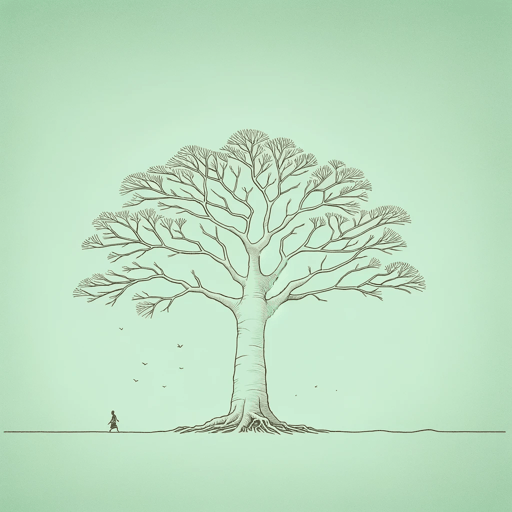
Barracoon: The Story of the Last "Black Cargo"
Zora Neale Hurston

Drenched in Light
Zora Neale Hurston

Dust Tracks on a Road
Zora Neale Hurston

Hitting a Straight Lick with a Crooked Stick
Zora Neale Hurston

How It Feels To Be Colored Me
Zora Neale Hurston

Jonah's Gourd Vine
Zora Neale Hurston

Moses, Man of the Mountain
Zora Neale Hurston

Mule Bone: A Comedy of Negro Life
Langston Hughes, Zora Neale Hurston

Seraph on the Suwanee
Zora Neale Hurston

Spunk
Zora Neale Hurston
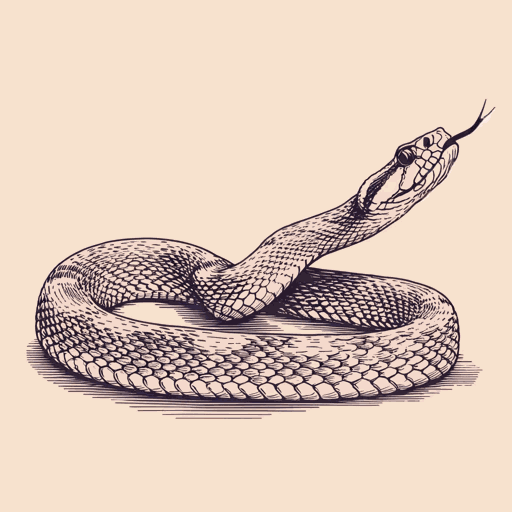
Sweat
Zora Neale Hurston

Tell My Horse: Voodoo and Life in Haiti and Jamaica
Zora Neale Hurston

The Eatonville Anthology
Zora Neale Hurston
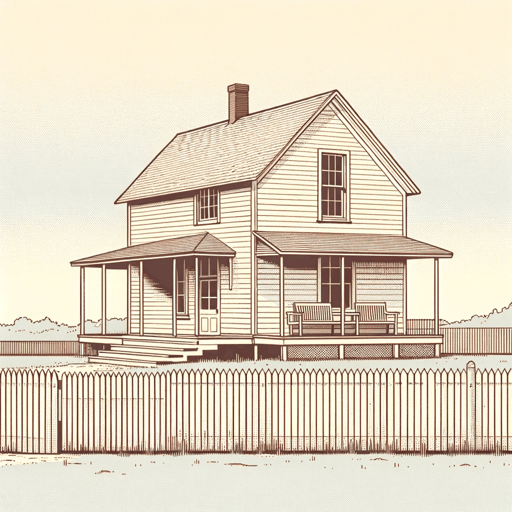
The Gilded Six-Bits
Zora Neale Hurston
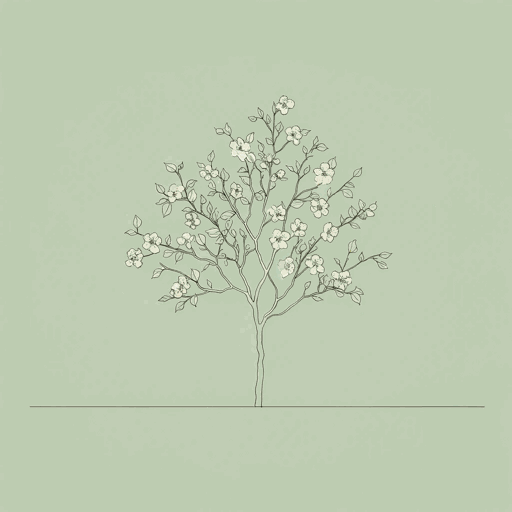
Their Eyes Were Watching God
Zora Neale Hurston
